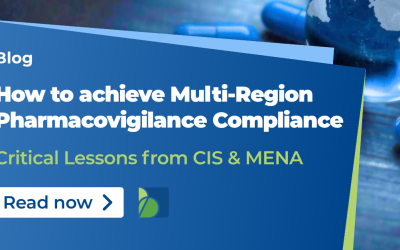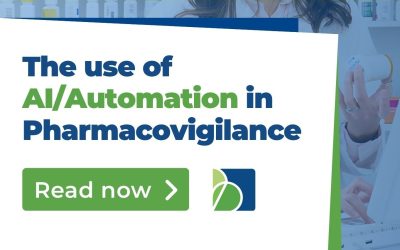Falsified Medicines Directive (FMD) 2011/62/EU which aims to increase the security of manufacturing and delivery of medicines across Europe as well as protect patients and prevent falsified medicines from entering the supply chain has come in force Feb 9th, 2019. With the first quarter almost over, it is a great opportunity to look back and share the experience. So how did it go?
The new requirements for safety features to appear on the packaging of all prescription medicines: a unique identifier (UI) in the form of a 2D data matrix (barcode) and an anti-tamper device (ATD) has been introduced with FMD. Track-and-trace and mass serialization allow genuine packs of drugs to be traced back to the license holders, manufacturers, and distributors by using unique codes tied to central databases. The addition of tamper-proof technologies on the packs confirms that the product has not been repackaged or tampered with in any other way. In combination, this assures that users can verify the packs are authentic and contain the correct drug at the correct dose.

Falsified Medicines Directive (FMD): Safety features
Although, argued by some over the positives and limitations or seen as a regulatory burden, the compliance with FMD has been made a top priority of pharmaceutical manufacturers and wholesalers in Europe. Numerous processes had to be put in place, new hardware and software acquired and installed in order to generate and print unique 2D codes, scan them, store and track the data. Moreover, packaging designs in many cases have required rethinking to include enough space for safety elements and ensure UIs contrast well enough for easy scanning and remain legible throughout the product’s lifetime. Add in the variety of national requirements and procedural steps to be taken in each member state, delays due to large workloads or unexpected complications and it comes as no surprise that many have struggled to get ready for “go-live” until the very last moment.
Another key point to discuss is the establishment of repositories system. All serialization data shall go through European Medicines Verification Organization (EMVO) and their hub system. This data is then distributed to appropriate national data repositories run by corresponding National Medicines Verification Organizations (NMVOs) which allow verification at different times and final decommissioning when each pack is dispensed to a patient. This means that Marketing Authorization Holders (MAHs) needed to engage with EMVO and relevant NMVOs.
The administrative procedures involve numerous documentation steps and verifications checks and may take months, not to mention the financial commitments. The EU Delegated Regulation [2016/161] has clarified that all costs of European and national verification systems establishment are to be borne by manufacturers. Fee model set-up in different countries vary significantly – 75% of NMVOs apply entrance fee; annual flat fees are in some countries are adjusted (e.g. based on MA or turnover) to reduce the financial burden on small MAHs1.
To sum up, ensuring compliance with FMD by Feb 9th, 2019 has been a very resource intensive activity. However, it will still take a while until the positives and limitations can be thoroughly weighed. Until the transition period is over and non-serialized products which have been put on market earlier are completely depleted, full traceability of genuine packs could not be ensured. Furthermore, financial implications on prices of serialized medicines over time is also still to be seen.
Monika Staniulyte MPharm
Regulatory Affairs Specialist
Biomapas
1 Beer, T. (2019, March 8) NMVO’S Fee Models Status 8th of March 2019. Retrieved from: https://emvo-medicines.eu/new/wp-content/uploads/20190308_NMVO_FEE_MODELS_V5.13.pdf










